-
EtonGreen Crinium Pink Flower Big Size Bulb(Set of 2 Bulbs)
₹450.00₹190.00 -
EtonGreen Football Lily Pink Flower Bulbs (Set of 5)
₹325.00₹210.00
EtonGreen Crinium Red Flower Big Bulb (Set of 2 Bulbs)
₹450.00 ₹235.00
- Shipping charge ₹ 90 for entire order
- Crinum lilies (Crinum spp.) are large, heat and moisture loving plants, producing an abundant array of showy flowers in summer.
- This crinum typically blooms in July, with slender-petaled, fragrant white flower that is highlighted with long, wine red stamens. They are unusual, looking like nothing else in the garden. Crinum leaves are basal, typically long and strap-shaped.
-
Planting And Care
- Protect from winter wet
- Generally disease and pest free
- In fall before the first frost, dig dry and store bulbs for winter in a cool, frost-free location in a medium such as peat or vermiculite that is given minimal moisture
Crinum Lily Care
- Plant 10 cm deep in any moderately fertile, moist but well-drained soil
- Bulbs should not sit in water, the soil should drain well
- Plant the large bulbs in full sun or filtered light in early spring
- Each bulb needs to be planted right side up
- The more pointed end is considered the top
- Plant each bulb in a hole that is just deep enough that its neck is protruding from the soil and the bottom of the bulb is covered in soil
- Covering the entire bulb with soil and planting too deep discourages flowering
- Space bulbs at least 8 inches apart and water the planting site or container well after planting
Out of stock
Email when stock available
Crinum Lily is an aquatic plant commonly seen on rocky, shallow river beds. It grows to 0.5-1 m tall, and can easily bloom under-water. Bulb is 5-8 cm, ovoid with 5-15 cm long cylindrical neck. Leaves are 6-8 in number, 2-3 ft long, about 3 cm wide, dark green in color. Flowers arise in an umbel of 6-12 atop a leafless scape, 40-75 cm tall. There are two lance-shaped white bracts, opening and fragrant at night. Flower tube is 6-8 cm, slender. Six petals are narrow, spreading, 6-8 cm long. The six stamens, 4-6 cm long, have red filaments. Crinum lilies (often misspelled “crinium”) are truly classic southern pass-along, summer-flowering sun-loving perennial bulbs. Crinum lily cultivars have thrived for hundreds of years at abandoned home sites where other bulbs like daffodils have long ago turned up their toes. Crinums are extremely adaptable amaryllids. either in dry or in boggy soils. Crinums are tough, low maintenance bulbs which make them perfect for rain gardens, and although drought-tolerant, crinums bloom more if well-watered. Think of crinum bulbs as a horticultural IRA for your grandkids to remember you by. Unfortunately, you don’t often see a wide variety of crinum lilies for sale. We currently grow over 200 different crinum selections and evaluate them to decide which to offer. The giant clumps of bold, crinum lily foliage make an imposing architectural statement in the garden. In late spring and summer, crinum lily clumps are topped with an array of very large red-to-pink-to-white flowers…often fragrant. We like to grow crinum alongside agave, dahlia, malvaviscus, and a variety of ornamental grasses. Most crinums are very tolerant of rich, moist soils, and reach flowering size very quickly when given those garden conditions in full sun. A few people call crinum the spider lily. Note that there is more than one plant that goes by the name spider lily. In addition to Crinum, Hymenocallis is also called white spider lily,
| Weight | 1 kg |
|---|---|
| Dimensions | 17.8 × 12.8 × 10.8 cm |
Up sells product
- Shipping charge ₹ 90 for entire order
- Crinum lilies are large, heat and moisture loving plants, producing an abundant array of showy flowers in summer.
- Lilly like their soil rich, but exceptionally well-drained, so ideally create a mix from one part well-rotted manure, one part horticultural grit or sand, and two parts leaf mould. Two-thirds good compost mixed with one-third grit also does fine.
-
Crinum Planting Procedure:
- Each bulb needs to be planted right side up
- The more pointed end is considered the top
- Plant each bulb in a hole that is just deep enough that its neck is protruding from the soil and the bottom of the bulb is covered in soil
- Covering the entire bulb with soil and planting too deep discourages flowering
- Space bulbs at least 8 inches apart and water the planting site or container well after planting
- Plant the bulb, or place the potted bulb in a warm place with direct light since heat is necessary for the development of the stems.
- Shipping charge ₹ 90 for entire order
- Despite its name, it is not related to the tulip, but to the various ginger species such as turmeric. It can grow as an indoor plant and is also sold as a cut flower.
- Inflorescences, stems, and leaves of this plant resemble the flowers, stems, and leaves of tulips, hence the common name. The true flowers are seen only if they curl around the bracts edges.
- Each inflorescence appears atop a rigid, reed-like stem that grows to 2 inches tall from a clump of narrow, lance-shaped, dark green leaves
-
Curcuma Planting Procedure:
- Plant rhizomes in spring after last frost date in organically rich, medium moisture, well-drained soils in full sun to part shade
- Plant rhizomes outdoors in spring
- Plant them at a depth of 4 inches
- Plants may also be grown in containers that should be overwintered indoors in the pots in a cool dry location with minimal moisture
- Shipping charge ₹ 90 for entire order
- These plants are perennial herbaceous bulbous plants. They generally have large fleshy bulbs. It is a plant with strap-shaped, glossy, green leaves and producing few large funnel-shaped flowers on a stout stalk, from March-May This plant is very suitable for planting in border, shrubbery and in a pot.
- The amaryllis lily is mainly used for ornamental purpose in garden, terrace, balcony, patio, etc.
- Common name: Hippeastrum
Color: The usual color is white with crimson veins, but pink or purple also occur naturally.
Bloom time: Late December until the end of June.
Height: 24 in/60 cm.
Difficulty level: EasyPlanting & Care
Amaryllis like their soil rich, but exceptionally well-drained, so ideally create a mix from one part well-rotted manure, one part horticultural grit or sand, and two parts leaf mould. Two-thirds good compost mixed with one-third grit also does fine.Sunlight: Full sunSoil: Well-drained soil.
Water: Keep soil moist throughout the growing season.
Temperature: 20°C
Fertilizer: Apply any organic fertilizer.
Harvesting: After the amaryllis has stopped flowering, it can be made to flower again. Cut the old flowers from the stem after flowering, and when the stem starts to sag, cut it back to the top of the bulb. Continue to water and fertilize as normal all summer, or for at least 5-6 months, allowing the leaves to fully develop and grow. When the leaves begin to yellow, which normally occurs in the early fall, cut the leaves back to about 2 inches from the top of the bulb and remove the bulb from the soil. Clean the bulb and place it in a cool (40-50 deg. F), dark place such as the crisper of your refrigerator for a minimum of 6 weeks. Caution: Do not store amaryllis bulbs in a refrigerator that contains apples, this will sterilize the bulbs. Store the bulbs for a minimum of 6 weeks.
Care:
- Once the plant is flowering, continue the watering and keep it out of direct sunlight, and slightly cooler (10-15°C), but as light as possible to promote a longer flower life.
- Each individual flower should last two or even three weeks before they brown.
- As each one fades, cut it off at the top of the stalk and then when the whole stalk is over and begins to sag, carefully cut it off just above the bulb nose.
- After flowering you can keep them from one year to the next.
- Feeding needs to continue and you want to water too, until the leaves begin to yellow in late summer/early autumn.
- At this stage, cut the leaves back to about 6cm (2½in) from the top of the bulb and remove it from the pot.
- Keep the bulb cool (5-10°C) and dark, to give it a dormant period for 8 weeks before you can encourage it to come into leaf and flower again When the temperature in your greenhouse falls to below 10C, bring them into the warmth and begin gentle watering again and your bulb will re-shoot.
- Don t re-pot it for the first couple of years; it hates root disturbance.
- The older and bigger the bulb, the more flowering stems you’ll get, so it’s worth the trouble of nurturing these mini football bulbs.
- Bulbs older than two years will produce offset bulblets.
- These may be left attached to the mother and re-potted with her, creating an amazing show, but its best to remove them carefully just before you replant and put them in their own individual pots.
- These little bulbs will take two years before producing their first flower, but it will be a proud moment when they do.
Related products
- Shipping charge ₹ 90 for entire order
- Kaempferia plant blooms the fragrant flowers. Its flower emerges straight from the ground, even before the leaves appear.
- Kaempferia is a stemless plant producing a pseudo stem with 2 to 4 erect leaves from an underground rhizome that has small tuberous roots. Flowering stems are produced from the rhizome when the leaves are not present. Flowers resemble small orchids or African violets but have just three petals.
- Water a plant when the soil feels dry to touch
- Water thoroughly in the summer and reduce watering for the winter & rainy season
- Try to water the plants in the morning around 8-10am
- You should remove dead, infected or damaged plant parts and throw in the garbage collector
- You should fertilize a plant mostly in the spring season, flower bud stage
- Plant season is in monsoon or autumn season
- Plant the bulb 3 inches deep and provide 3 to 4 inches of planting spacing
- The pointy part should face up
- Add some coarse sand or fine gravel to the soil to help improve the drainage Mulch the potting mix with organic material
- Shipping charge ₹ 90 for Entire order.
- Anemone flower can beautify every place with its simplicity and beautiful scent.
- Anemone is perennial flowering plant that have basal leaves with long leaf-stems that can be upright or prostrate. A scarlet beauty with shiny red petals and a black center that is set off by a white halo.
- A great cut flower and an attractive companion for tulips and other spring bulbs.
-
Common Name Anemone or Windflowers Height Up to 2 to 3 feet Flower Colour Random color Bloom Time Spring Difficulty Level Easy to grow - Special Care For Anemone.
- Before Planting : Deep The Bulb into Normal water during 30 Minutes to 45 Minutes.
- Soil: Mix The normal Soil with 30% of Coco Peat & 20% of Vermi Compost ,
- Planting : Bulb is already Medicine Treated , Plant the bulb in Pot One inch deep. There is no need of Water till Germination or a week.
- Shipping charge ₹ 90 for entire order
- If you crave plants that uniquely delight every sense, consider growing Tuberose this summer. With a powerfully sweet and heavy aroma, these classic charmers have been used as a key ingredient in perfumes for centuries. The Pearl is a radiant variety featuring dense clusters of double, waxy white flowers growing along a 20″-28″ stalk that rises above clumps of grass-like foliage.
- You’ll be amazed at how quickly these elegant beauties fill the air with their enchanting aroma. Here’s an extra pearl of wisdom – use the single form as a long-lasting cut flower and the double form in the garden, as the top blooms will open fully when left on the plant. Enjoy!
- Growing Rajnigandha Bulbs is an easy task, it is an easy-care flower which does not require special expertise to grow it as house flower plant. The tuberose is a night-blooming plant. Growing Rajnigandha Polianthes Tuberosa Bulbs is an easy task, it is an easy care flower which does not require special expertise to grow it as house flower plant. Keep the soil consistently moist before and during the period of bloom that occurs in late summer.
- It grows in elongated spikes up to 18 inches long that produce clusters of fragrant waxy white flowers that bloom from the bottom towards the top of the spike. It has long, bright green leaves clustered at the base of the plant and smaller, clasping leaves along the stem.
- Dig a hole and sow the bulb up to 5 cm deep
- Set the bulb in the hole, pointy end up, then cover with soil and press firmly
- Space bulbs 4 to 6 inches apart
- Water thoroughly after planting
- Use the potting mix for bulb plantation as Garden soil + Compost + Perlite + Sand (2:2:1:1)Soil + Cocopeat + vermicompost (2:1:2)
- Shipping charge ₹ 90 for entire order
- These hearty bulbs are easy to grow and require minimal care, provided that you plant them in the right place. At home in both formal and naturalistic settings, lilies also most take readily to contained.
-
they all make wonderful cut flowers! Daylilies are clump-forming perennials with arching, grass
like or straplines leaves. All the leaves arise from the base of the plant in two opposing ranks, resulting in a fan-like appearance.Common Name Tawny Daylily, Tiger Lily Height 2.5 to 3 feet Flower Color White color Bloom Time Summer Difficulty Level Easy to grow
- Shipping charge ₹ 90 for entire order
- Pick these easy-to-grow varieties for the best blooms. It is a rhizomatous herbaceous perennial plant, evergreen where rainfall and temperatures are adequate.
- It has large clumps of broad, arrow shaped dark green leaves up to 45 cm long.
- The inflorescences are large and are produced in spring, summer and autumn, with a pure white spathe up to 25 cm and a yellow spadix. The spadix produces a faint, sweet fragrance.
- Dig up the rhizomes in autumn, usually after the first frost and store for winter.
- Dig a hole about three times as deep as the height of the bulb.
- Set the bulb in the hole, pointy end up, then cover with soil and press firmly
- Space bulbs 8 to 10 inches apart
- Water thoroughly after planting
- Use the potting mix for bulb plantation as Garden soil + Compost + Perlite + Sand (2:2:1:1) Soil + Cocopeat + vermicomposting (2:1:2)
- Keep them adequately fertilized and watered, misting the plant every so often to keep the ambient humidity high
- They are susceptible to aphids so, take a look closely and apply insecticide.
- Shipping charge ₹ 90 for entire order
- Calla Lilies make fantastic container and landscape plants, Speckled foliage and gorgeous blooms add a touch of elegance wherever they go, and despite their graceful appearance, they’re remarkably easy to grow.
- Delicate and elegant, our Pink Melody Calla strikes the perfect note to bring harmony to any garden. This plant makes a bold statement with color gradients that start with white, dip into rich pink, and then finish with pale green at the eye. Its large size makes it ideal for prominent positions in the garden. Tall and floriferous, with strong stems that beg to be used for cut flower arrangements.
- Calla lily is easy to grow and add a classy look to perennial gardens, cutting gardens and container plantings.
- Calla lilies grow well in pots and planters. They can be mixed with other annuals, but usually perform better in a pot on their own. The flowers last for weeks.

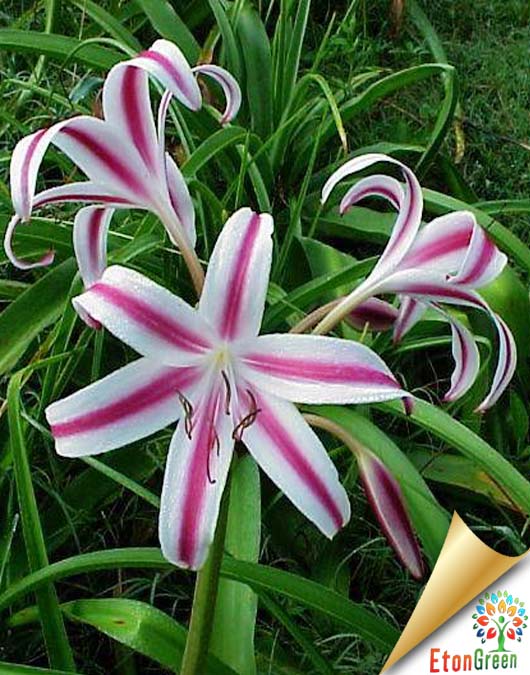
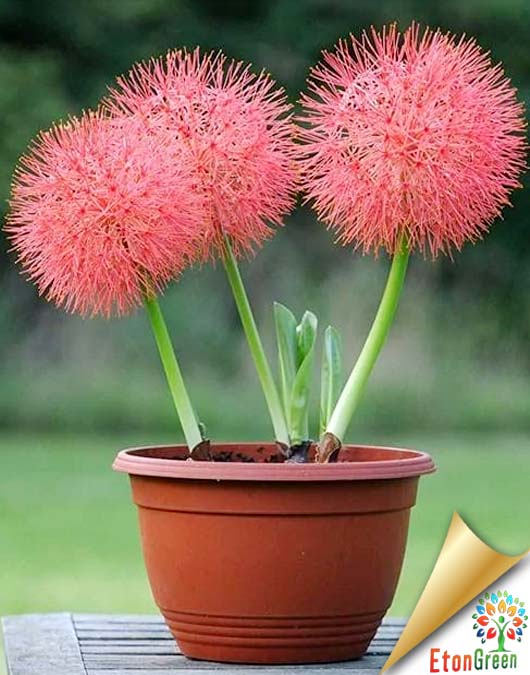
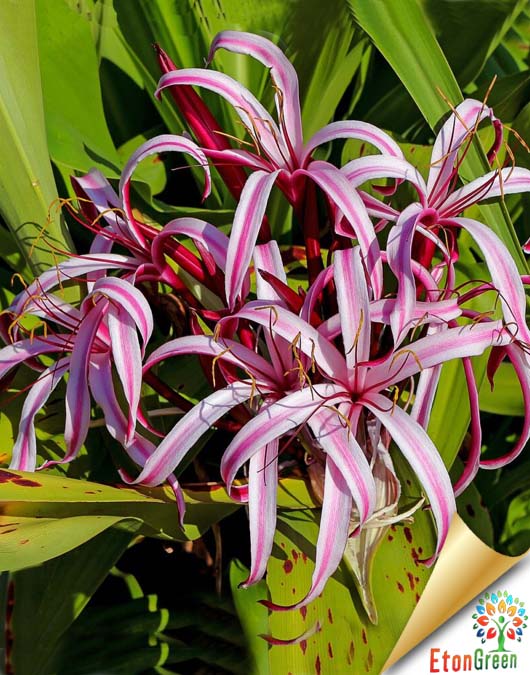

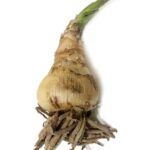
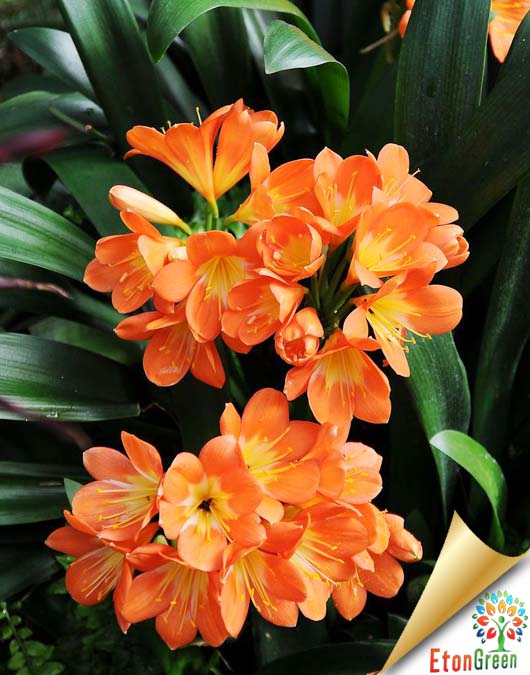
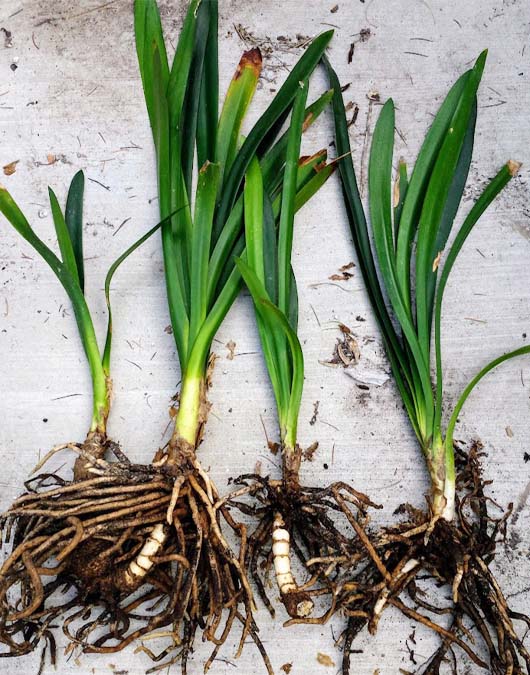
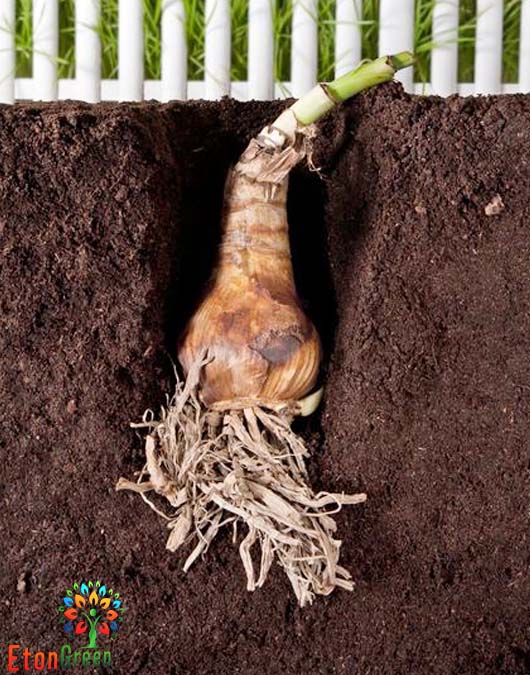
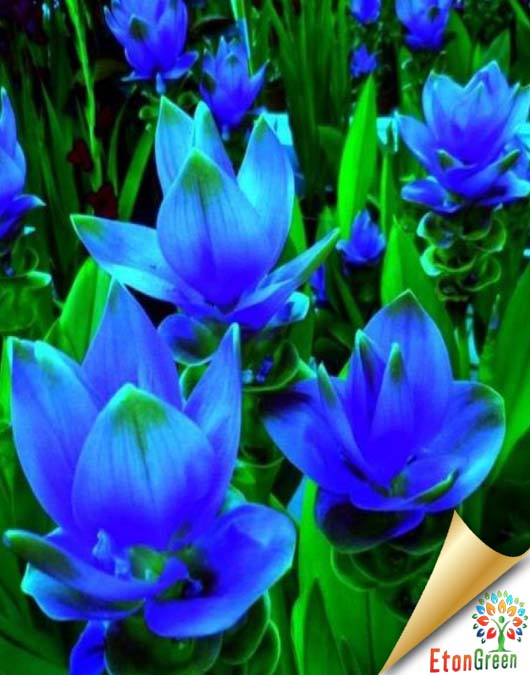
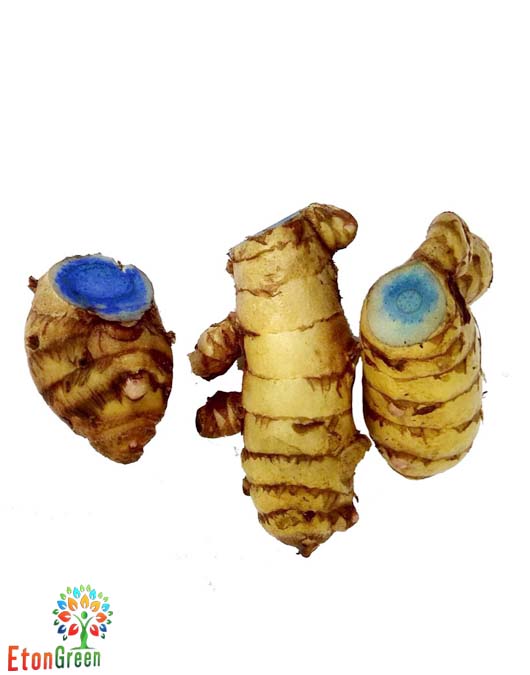
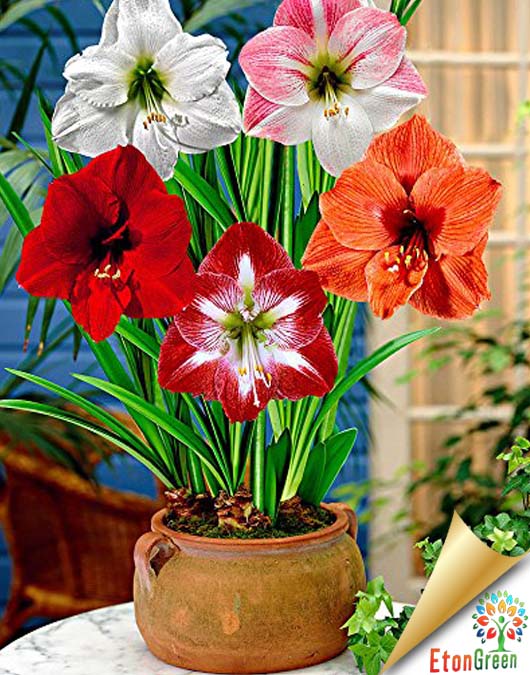
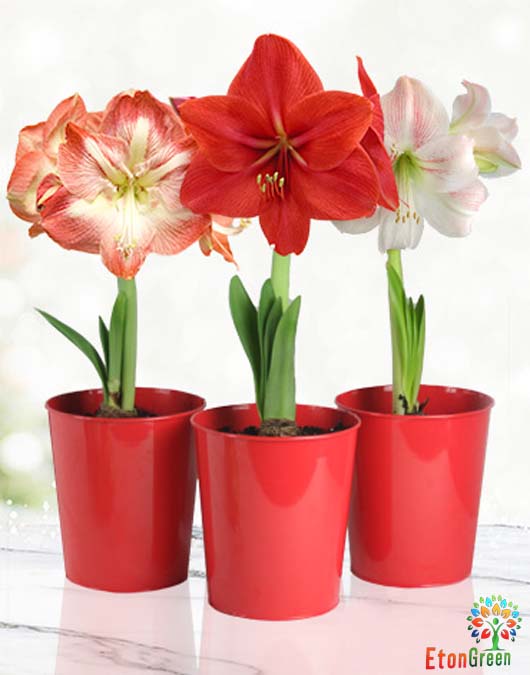
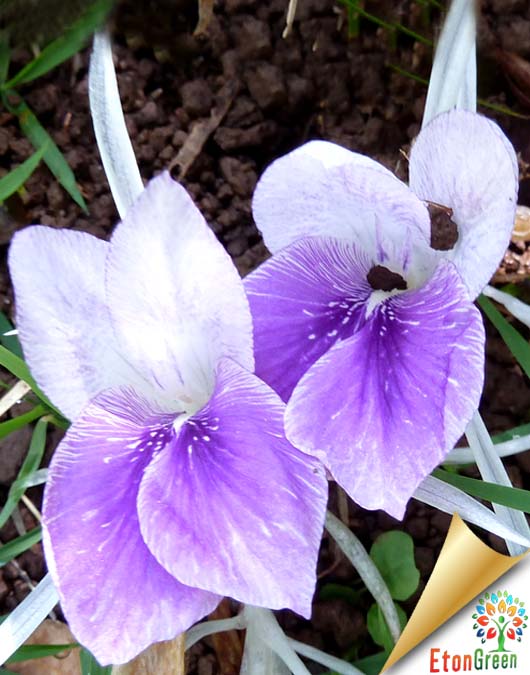
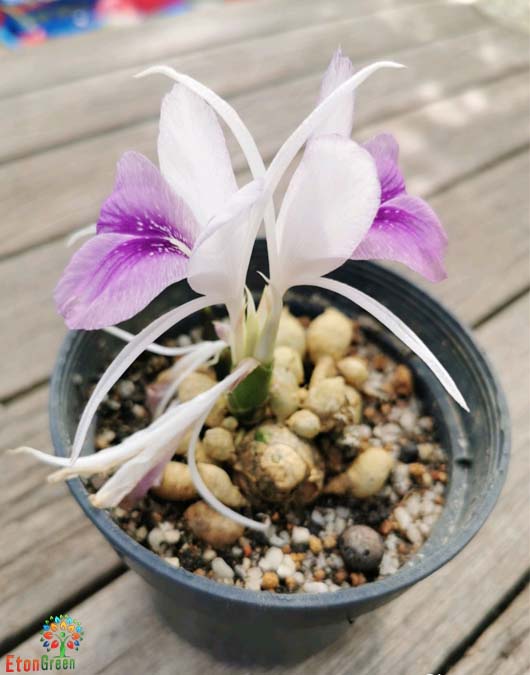
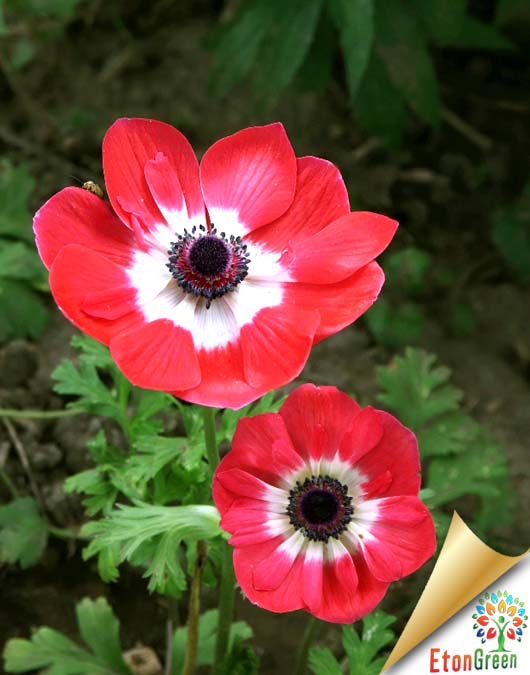
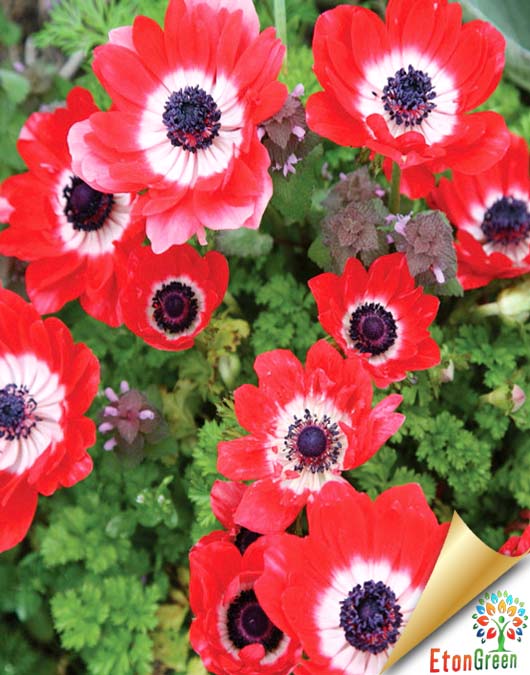
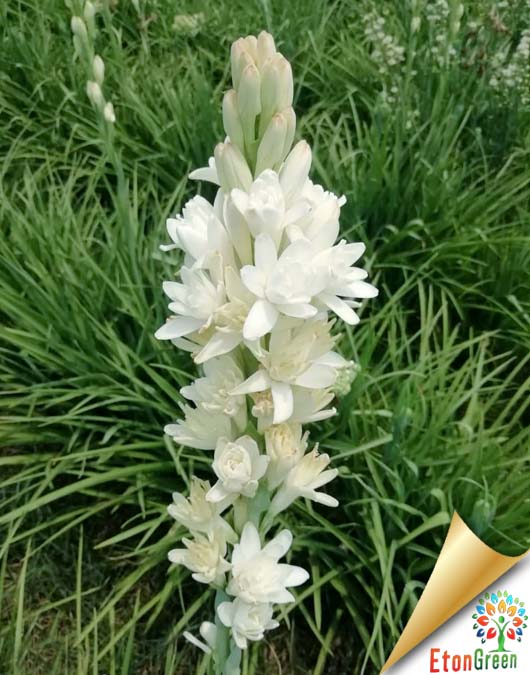
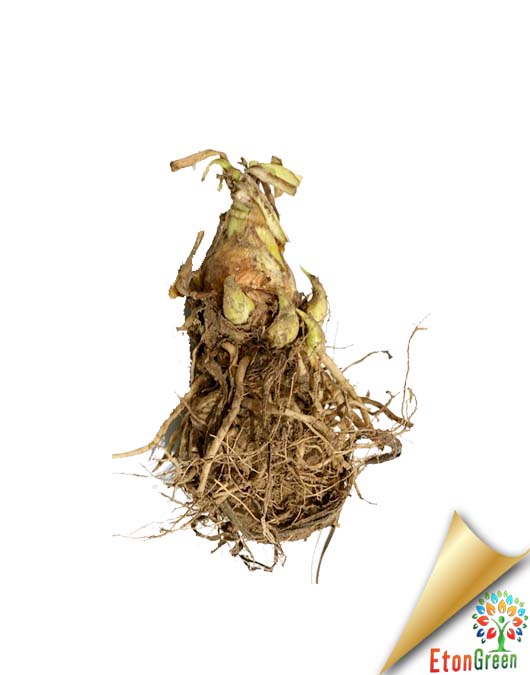
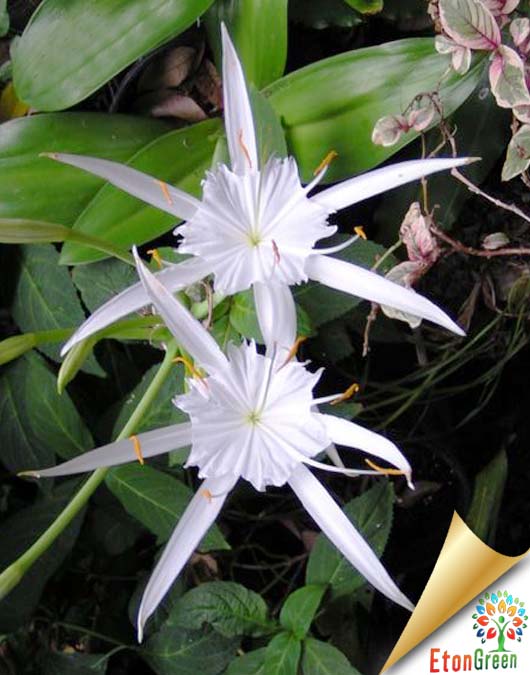
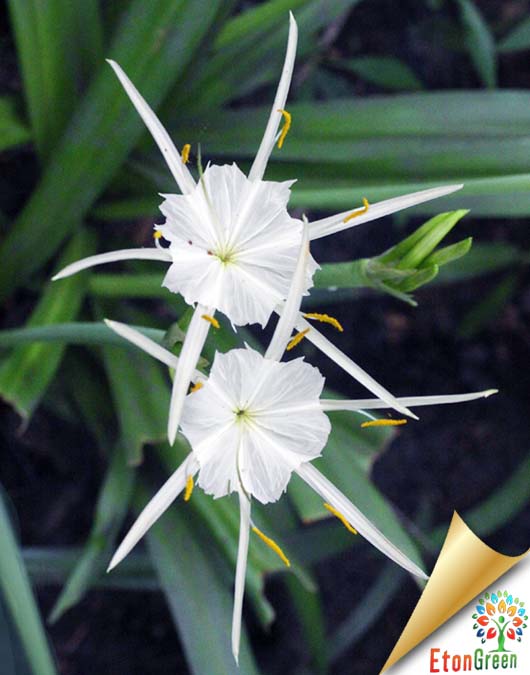
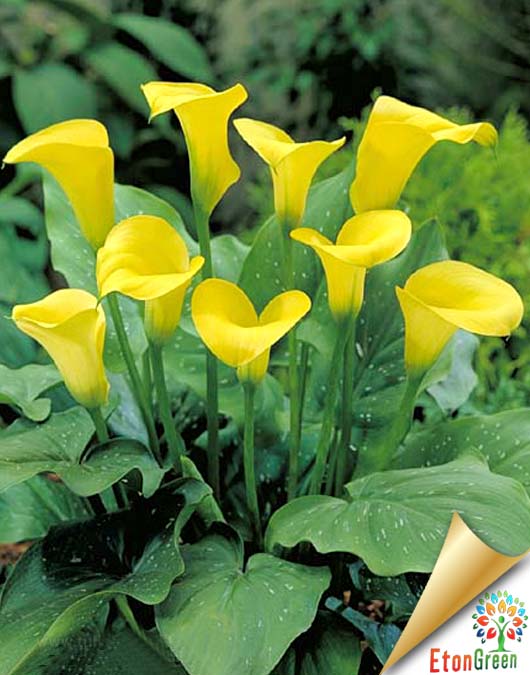
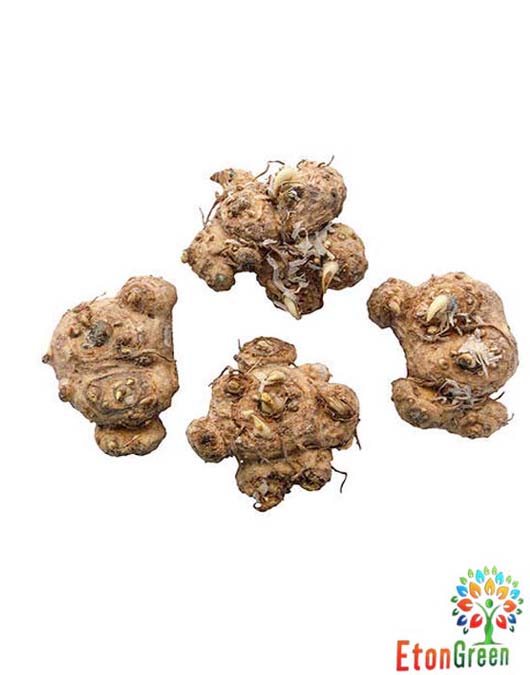
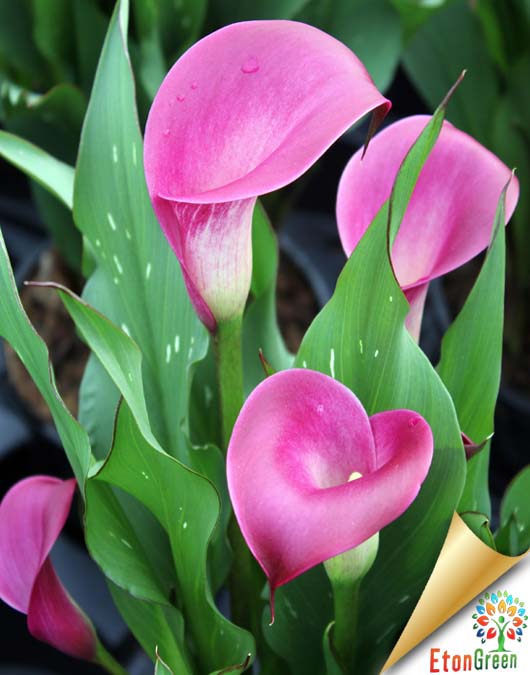
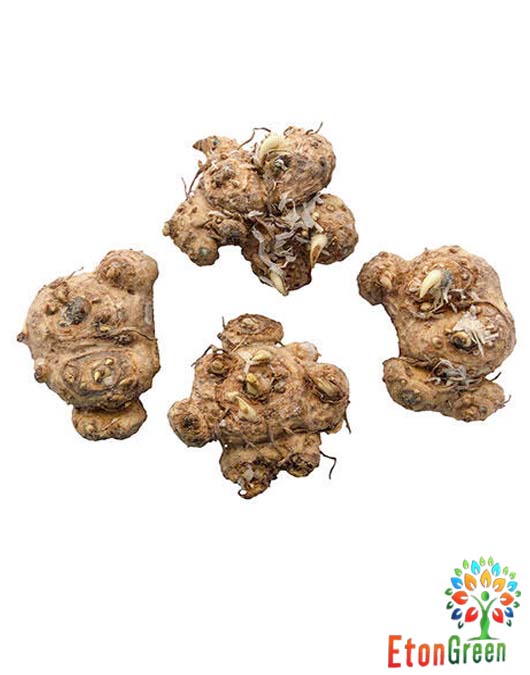
Reviews
There are no reviews yet.